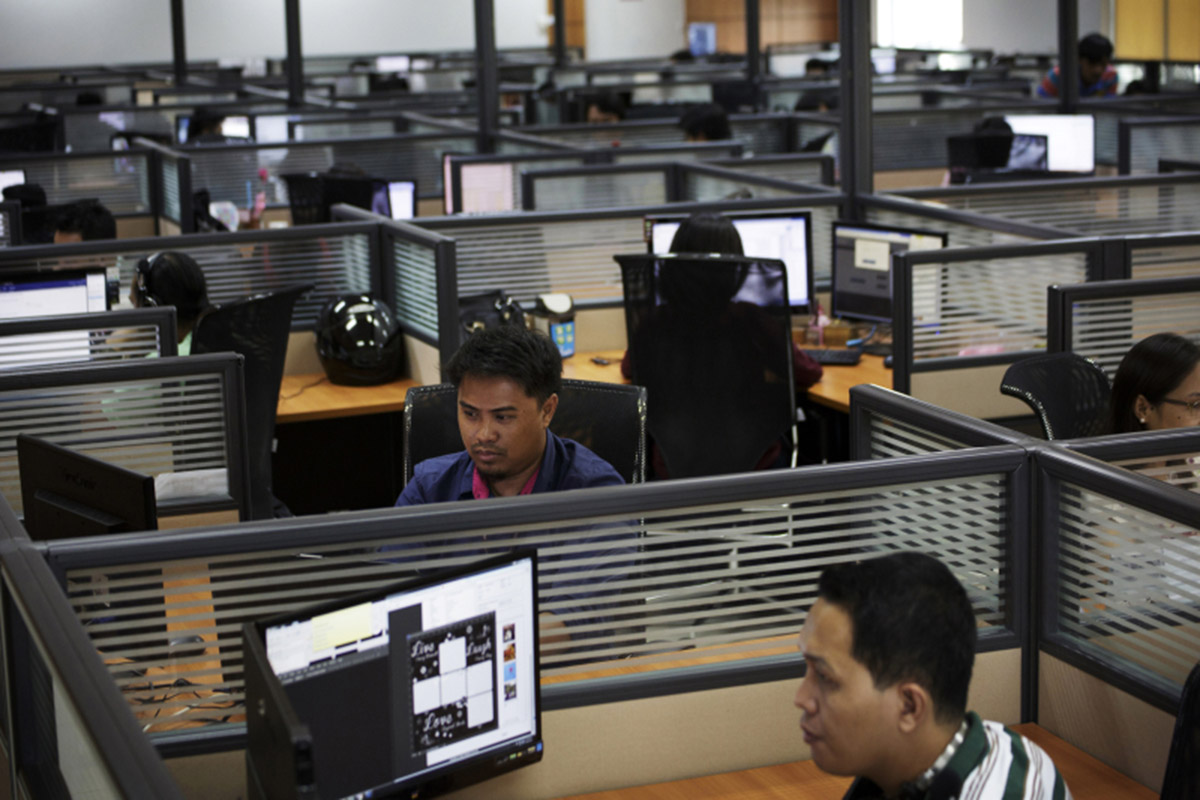Since the early 2000s, the Philippines added more than a million jobs as foreign companies outsourced customer support and sales tasks to the Southeast Asian nation.
Now a looming wave of automation is threatening employment at call centres and forcing the industry to retrain workers to meet the demand for higher skilled jobs in areas such as healthcare, banking, finance and insurance.
“The biggest challenge is people,” Jojo Uligan, president of the Contact Center Association of the Philippines or CCAP, said in an interview at his office in Manila on Wednesday. “We lack people with enough technical expertise and experience to service emerging needs.”
The Philippines is the world’s top call centre destination with companies like Accenture and American Express among those that have set up shop in the Southeast Asian nation. They’ve been lured by cheaper wages, Filipinos’s cultural affinity with the West, and a 100 million population that’s mostly fluent in English.
Rise of Machines
With technology constantly advancing, machines are now able to replicate some of the tasks that people do, including customer relations. More than half of outsourced jobs could be lost in a few years unless significant retraining is done, according to a study by Tholons Capital, a New York-based consultancy.
Leaders of some of the biggest outsourcing companies in the world will meet this month in the Philippines to craft fresh strategies to counter the impact of automation, Uligan said. Companies are increasingly seeking workers who are college educated, experienced, have technical expertise and can easily be retrained, he said.
“There is a lot of complex work now,” Uligan said. “It’s no longer mere directory assistance or taking orders.”
These concerns are tempering the outlook for the industry. The CCAP estimates that revenue will grow as much as eight percent this year until 2022, compared with growth rates exceeding 10 percent in the past.
“People don’t evolve as fast as technology,” Uligan said. – Bloomberg
